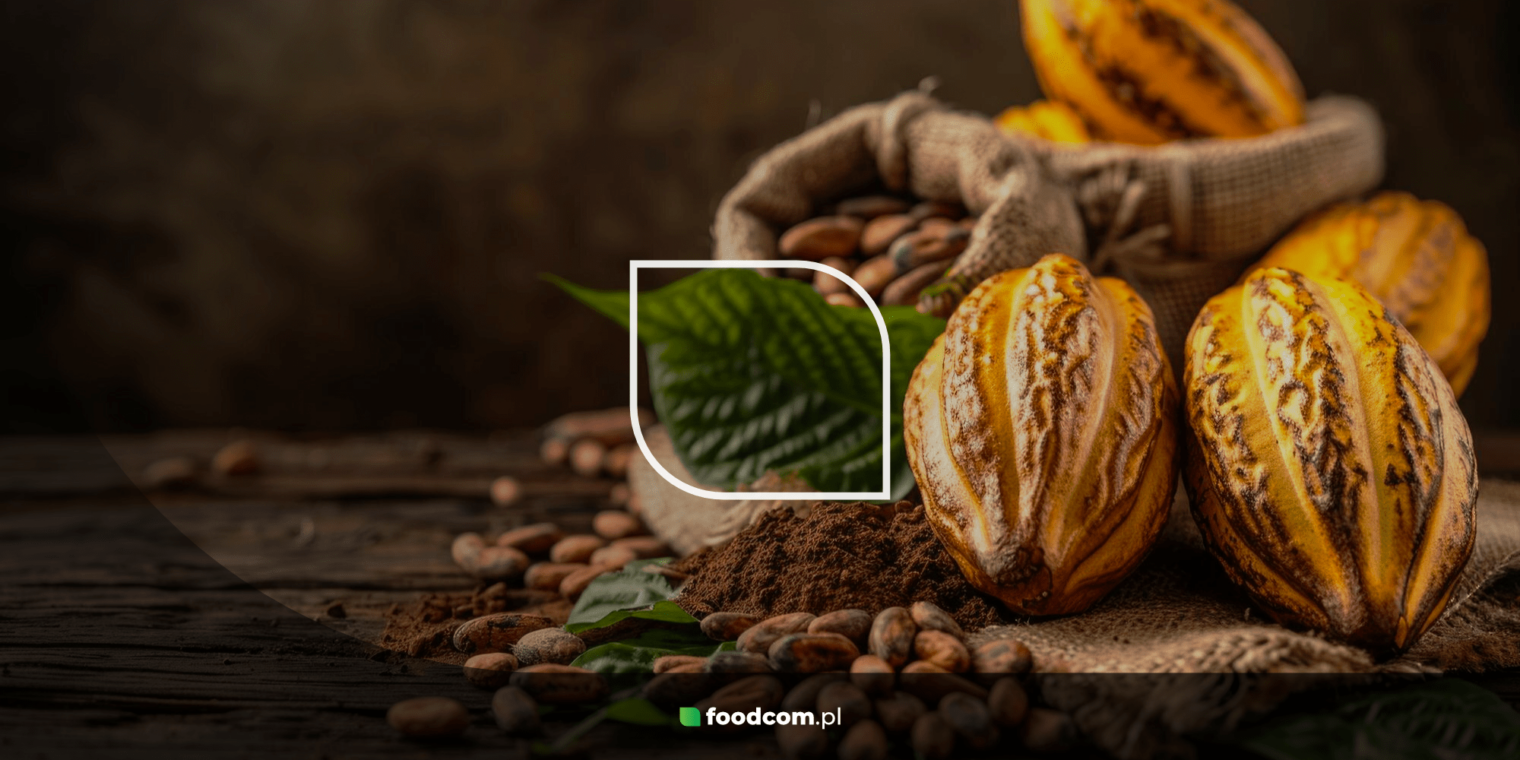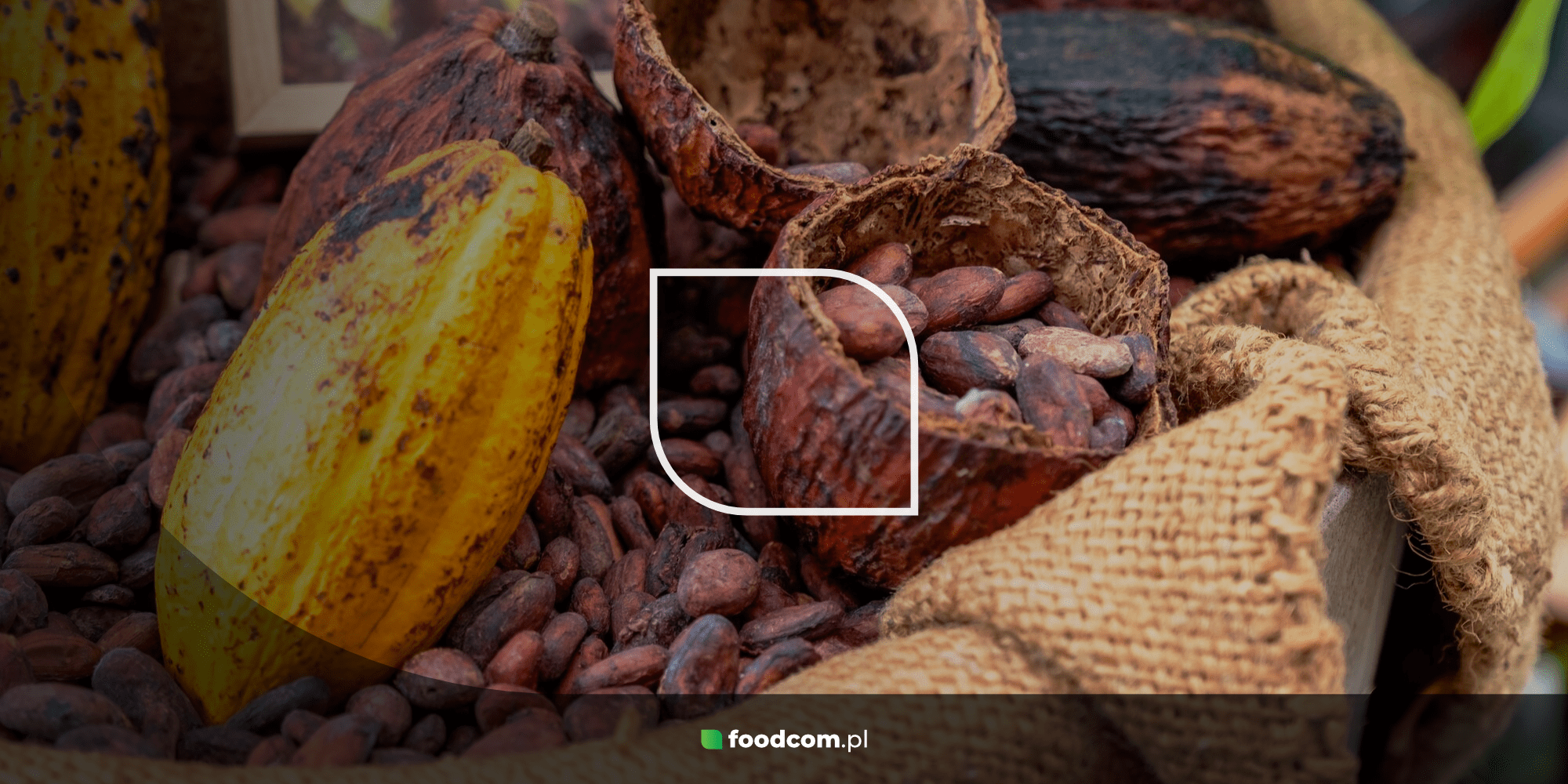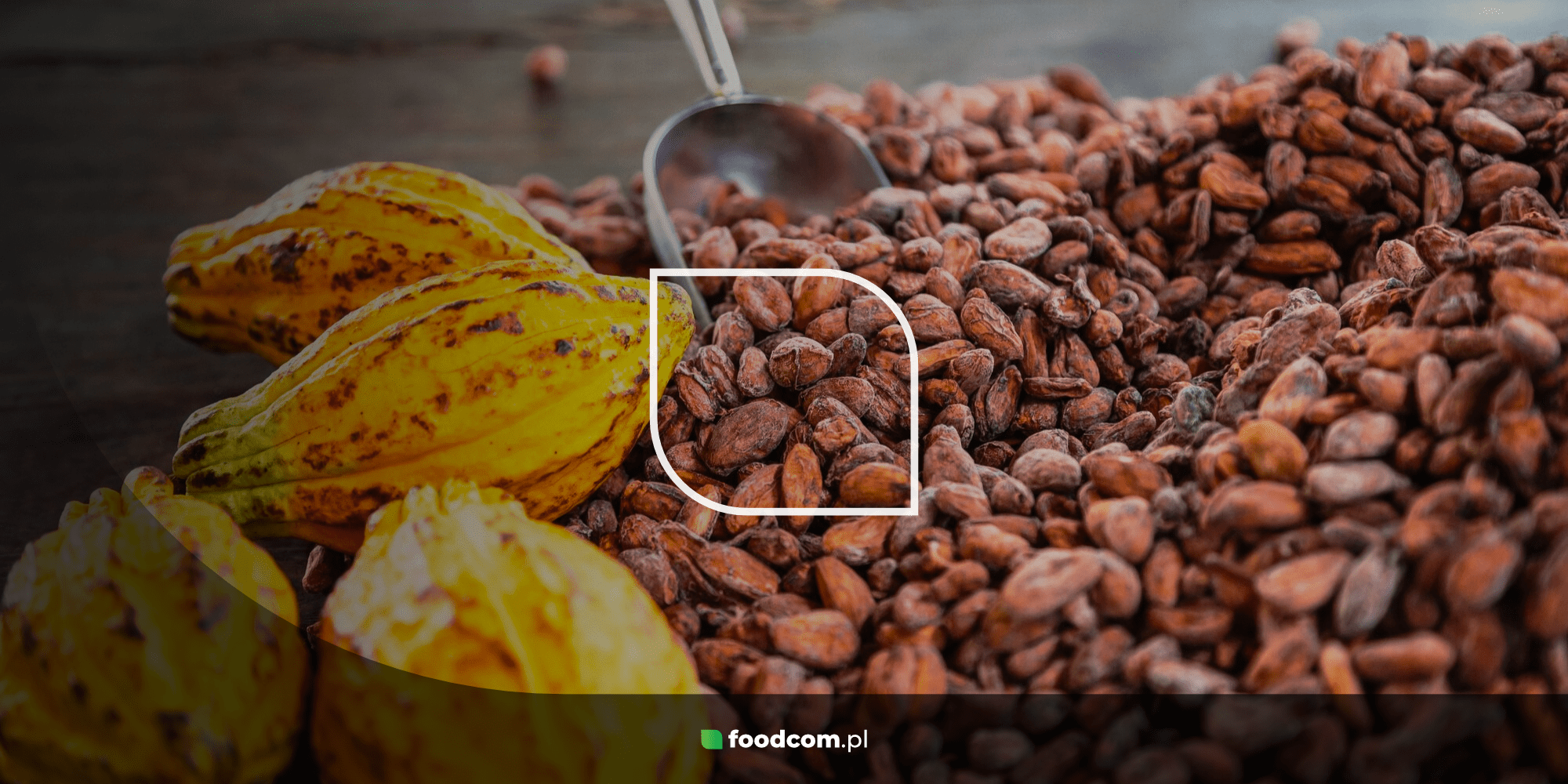- Cocoa is a product with a rich history, originating from South America.
- Traditionally, there are three varieties: Criollo, Forastero and Trinitario.
- The rarest, but also the most sought-after variety is Criollo, while Forastero is the most common type of cocoa.
- Cocoa can be obtained in ground form as alkalized or non-alkalized cocoa, as well as in the form of cocoa mass or paste.
Cocoa is a product derived from cocoa beans, which originated in the forests of Latin America. After the discovery of the Americas by Europeans, cocoa found its way to Spain and later spread throughout the world. In the 19th century, it became available to most people, mainly in the form of chocolate. Everyone is familiar with it, but few realise that there are several varieties of cocoa. Find out which types are available on the market.
Where does the cacao plant come from and what types are there?
Cacao originates from the tropical forests of Central and South America. The Mayans and Aztecs considered it a gift from the gods, using it to prepare a bitter ritual drink. Today, the largest producers of cocoa are West African countries such as Côte d’Ivoire, Ghana and Nigeria, as well as South and Central American countries such as Ecuador, Colombia, Venezuela and Peru.
The cocoa tree is a tree of the Malvaceae family, of which the best-known and most widely cultivated representative is the cacao tree proper (Theobroma cacao L.). Other cacao varieties that can also be used to produce cocoa include Theobroma bicolor and Colombian Herrania umbratica, as well as artificially bred plants such as Ecuador’s Colección Castro Naranjal 51. Botanically, there are dozens of different cacao varieties and sub-varieties.
Cocoa proper grows mainly in tropical climates. Its fruit can come in different colours – green, yellow, red or brown. They contain white pulp and beans, which are fermented and dried and then used to make cocoa and chocolate products.
The three basic varieties of cocoa
The official classification of cocoa was established in the 1940s, involving the traditional division into three varieties. A distinction is made between Criollo, Forastero and Trinitario cocoa.
Criollo – a noble rarity
Criollo is the most exclusive variety of cacao, prized for its delicate, complex flavour and rich aroma. It is mainly grown in Central America and the Caribbean, where it originated – it was prized as far back as the Mayans. It is characterised by low bitterness and acidity, making it ideal for the production of high-quality artisanal chocolates. You can detect floral, fruity or almond notes in their flavour. However, due to its low disease resistance and demanding growing conditions, Criollo only accounts for 1-5% of the world’s cocoa production. It is a highly desirable cacao species, especially when it comes to ritual cacao and the production of the best chocolates. Among Criollo, we can distinguish varieties such as Guasare, Chuao and Porcelana.
Forastero – the foundation of industrial production
Forastero is the most widespread variety of cocoa, accounting for around 80% of world production. It is mainly grown in West Africa and South America. The Forastero variety is more resistant to disease and easier to grow than Criollo, but has a simpler, less refined taste – stronger, earthy and more bitter, while also having a higher tannin content. This variety is most commonly used in the mass production of chocolate and cocoa products.
Trinitario – the golden mean
Trinitario is a hybrid of Criollo and Forastero, combining the best characteristics of both varieties. It was created by natural cross-breeding of varieties on the island of Trinidad in the 18th century, when Forastero cultivation began as a result of an epidemic that affected Criollo. Trinitario is characterised by a rich aroma, a distinctive but delicate flavour and a higher resistance to disease than Criollo. It is used both in the production of high-quality chocolate and in the food industry, but accounts for only less than 10% of the cacao crop.
Types of cocoa by type of processing
Cocoa can also be divided according to the way it is processed. Ground cocoa can be found in two forms: as natural cocoa (non-alkalized) and alkalized cocoa, which differ in both colour, taste and properties.
Non-alkalized cocoa is a pure, natural product obtained by grinding roasted cocoa beans. It has an intense, slightly acidic taste and a light brown colour. It is rich in antioxidants and retains all its natural health properties.
Alkalized cocoa (also known as Dutch cocoa) is cocoa that has undergone an alkalization process that reduces its acidity and gives it a darker colour and milder taste. It is more commonly used in the confectionery industry because it dissolves better in liquids and gives products a more attractive colour.
Whether you are interested in milder alkalized or non-alkalized cocoa, you will find both forms at Foodcom S.A., which supplies a wide range of cocoa raw materials to suit the different needs of the food industry.
In addition, cocoa can be found in the form of cocoa mass or cocoa paste. Cocoa paste is an intermediate product made by grinding roasted cocoa beans. It consists of cocoa particles and cocoa butter, and is a key ingredient in chocolate and other confectionery products. Similarly, cocoa paste is made, which is the product of grinding raw cocoa beans without subjecting them to high temperatures or alkalinisation. Ceremonial cocoa is most commonly found in this form.
Cocoa comes in different varieties and forms, and the choice of a particular type is crucial to the taste and quality of the final product. Both the traditional distinction between cocoa varieties and its place of origin, form and processing must be taken into account here. Each type of cocoa affects the taste, aroma, colour and use of the final product in a different way.









